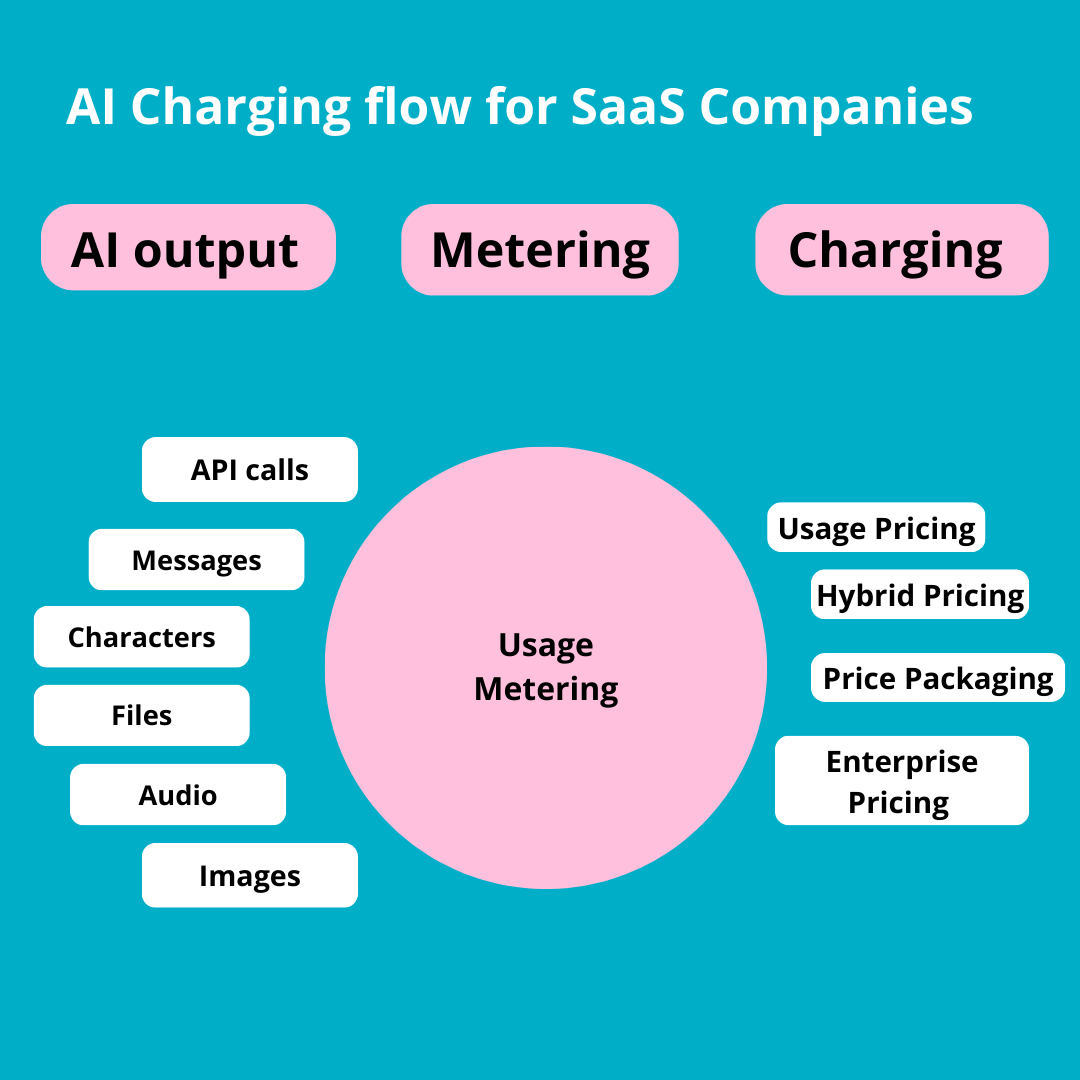Invoicing for generative AI companies presents unique challenges and requirements distinct from traditional businesses. Understanding the specialized billing practices for AI SaaS is crucial for accurate and transparent invoicing. Let's explore the critical billing strategies and procedures that simplify financial operations for AI SaaS companies and scale effectively.
Understanding the Unique Billing Needs of a Generative AI Company
Invoicing for a generative AI company involves unique challenges and requirements that differ significantly from those of traditional businesses. Various pricing models for AI services exist, including pay-as-you-go, subscription-based, and revenue from generated content. These elements must be precisely reflected in invoices to ensure transparency and accuracy. This is a big step ahead from typical price plans, whether they are based on good-better-best structure or have more variations and options. For a SaaS company, embedding AI as a part of software creates a definite need to go towards pay-per-use pricing.
The Role of Usage-Based Billing in AI
In a generative AI business, determining the range of services, outputs, and related costs is the first step in devising an efficient billing strategy. This helps to avoid any confusion or disputes that may arise from vague or misunderstood terms. For instance, if your AI service creates content, it's essential to define what constitutes a billable output and the method of its measurement.
AI billing is typically centered around usage. Unlike traditional fixed-cost models, companies leveraging generative AI often need to account for the varying levels of computational resources used by different clients. Pricing and billing may be based on several factors:
- Tokens: AI services often use tokens as computational units. These can be purchased in packages or individually, and it's essential to track consumption to ensure accurate billing.
- Your billing solutions need advanced metering features, enabling you to track usage and monitor the consumption of purchased packages.
- Output-Based Pricing: This model charges based on usage, where billing is determined by specific outputs. These outputs could include the number of characters produced, the number of images generated, or other quantifiable components.
- Metering capabilities and flexible pricing options are necessary in this model. For example, producing an image might be more resource-intensive and therefore more costly than generating text, necessitating different price levels for various outputs.
- Tiers: Utilizing price tiers is a common tactic in AI invoicing. This method bundles a specific quantity of output into a subscription cost. For instance, the initial X units may be complimentary, with additional usage charged at specified rates. Typically, the unit cost decreases as clients ascend the tiers.
- Advanced metering functions are crucial in this case to monitor usage and align it with the appropriate pricing level.
-
Enterprise Pricing: For larger customers, you may need to implement enterprise pricing models. This can include aggregating usage across a conglomerate of companies and determining a price based on combined usage or providing volume discounts contingent on overall consumption by the corporate group.
-
Serving these bigger clients often requires more advanced tools in your billing system. These tools ensure accurate tracking and invoicing, reducing the need for manual adjustments and preventing customer dissatisfaction due to billing errors
-
Essential Invoicing Capabilities for AI Companies
To effectively manage these complex billing structures and potentially high transaction volumes, your invoicing system needs certain key capabilities:
- Advanced Metering: To accurately track and monitor usage across different pricing models.
- Flexible Pricing Configurations: To accommodate different billing models, whether token-based, output-based, or tiered.
- Scalability: To handle the needs of both small and large clients, including enterprise-level customers with complex requirements.
- Transparency: To ensure all charges are clear and comprehensible to the client, minimizing disputes.
- Efficiency: To scale processing and offer data mediation capabilities to manage growth.
Conclusion
The invoicing needs of a generative AI company are distinct from those of traditional businesses, requiring specialized capabilities to manage usage-based billing, flexible pricing, and enterprise-level demands. By understanding and addressing these needs, you can create an effective invoicing strategy that ensures accuracy, transparency, and customer satisfaction with your AI SaaS billing. This will also contribute to efficient and effective financial operations.
Read more about Good Sign for SaaS



